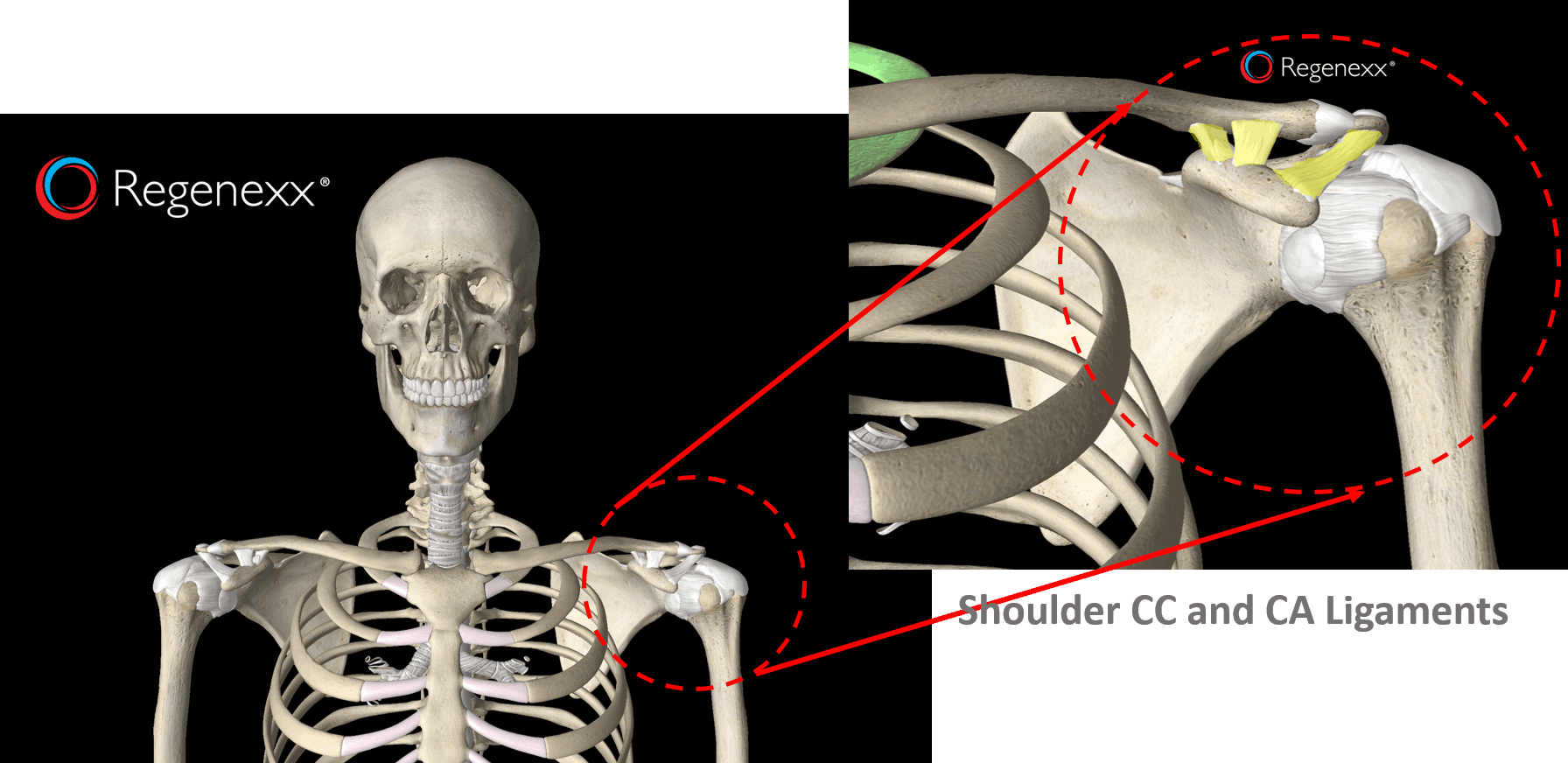Shoulder Surgery Side Effects: Common Procedure Is Bad News
Old shoulder surgery habits die hard, despite the side effects. This past week I posted the results of a study showing that adding in an acromioplasty surgery to a rotator cuff tear doesn’t help patients. One surgeon who loves the procedure protested that removing the stabilizing ligaments of this part of the shoulder is without side effects, and I responded that regrettably the body has no spare parts (i.e., removing ligaments is always a bad idea).
Now a new study seems to support my position as it shows that this procedure just places more stress on the rotator cuff. Why is this important? If you end up with shoulder rotator cuff surgery, you may forever have an unstable shoulder caused by the removal of these ligaments without your knowledge. So what are the shoulder surgery side effects of acromioplasty?
Why Are Ligaments Important?
First, a little background. Every joint in your body needs to make sure that its surfaces are aligned with millimeter precision while you move. To do this, your body uses two systems. The first system is made up of muscles that actively maintain that alignment. The second consists of ligaments, which act like duct tape to hold the joint passively together. Both systems have to work to allow normal and efficient movement. If you get rid of one of these systems, there will eventually be problems in the joint as the surfaces undergo too much wear and tear and arthritis sets in.
What Are These Important Shoulder Ligaments?
The shoulder, like every other part of the musculoskeletal system, depends on certain ligaments for stability. The ligaments in question are the ones
What Is Acromioplasty?
The most common shoulder surgery performed in the U.S. today is a shoulder rotator cuff repair with acromioplasty. The surgery involves surgically sewing back together the torn rotator cuff, which makes up the active stability system for the shoulder. Since surgeons believe that in many patients the rotator cuff tear happened because of extra pressure placed on the muscle, they also usually cut the CA ligament to try and give the rotator cuff more breathing room. This procedure is called an acromioplasty.
Most patients have no idea that their rotator cuff repair involves cutting this important stabilizing ligament, as many years later when their shoulder arthritis brings them to our clinic, they are surprised to learn that their shoulder was destabilized at the time of surgery when this structure was cut.
New Research Shows Acromioplasty Is Bad News
The new study looked at what happens when surgeons cut this critical ligament. The researchers looked at nine shoulders of cadavers where the forces on various structures could be measured before and after the ligament was cut. As expected from our discussion above, when the ligament is no longer able to stabilize the shoulder, the muscles have to work harder. In this case, after the acromioplasty, they observed extra forces on the rotator cuff.
Given that most of these surgeries also involve repairing the rotator cuff, extra tugging on that muscle because the surgeon cuts a stabilizing muscle is not helpful. In addition, this likely explains why many of these patients get shoulder arthritis years later. After acromioplasty, the patient is left with an overloaded rotator cuff that tries to keep up with the extra stability demands but at some point can’t maintain stability, and eventually the joint suffers from the extra wear and tear.
Maybe adding the acromioplasty conveys some sort of other benefit? Nope. Recent research has shown that in the short run, adding acromioplasty doesn’t help the outcomes of the rotator cuff repair.
Old Habits Die Hard
The upshot? There are no spare parts! For decades orthopedic surgeons have been removing or cutting critical parts and pieces of the musculoskeletal system without much scientific justification or much information on the consequences of the surgery. As our research gets better and better, we’re seeing that these surgeries often do more harm than good—case in point is acromioplasty. So if your surgeon wants to cut your CA ligament, find another doctor!
To find out if you might be a candidate for a Regenexx stem cell procedure, complete our Regenexx Procedure Candidate Form online.

If you have questions or comments about this blog post, please email us at [email protected]
NOTE: This blog post provides general information to help the reader better understand regenerative medicine, musculoskeletal health, and related subjects. All content provided in this blog, website, or any linked materials, including text, graphics, images, patient profiles, outcomes, and information, are not intended and should not be considered or used as a substitute for medical advice, diagnosis, or treatment. Please always consult with a professional and certified healthcare provider to discuss if a treatment is right for you.